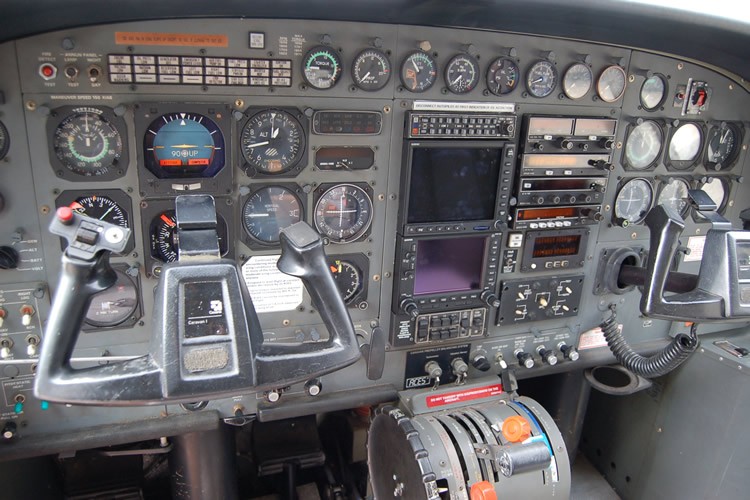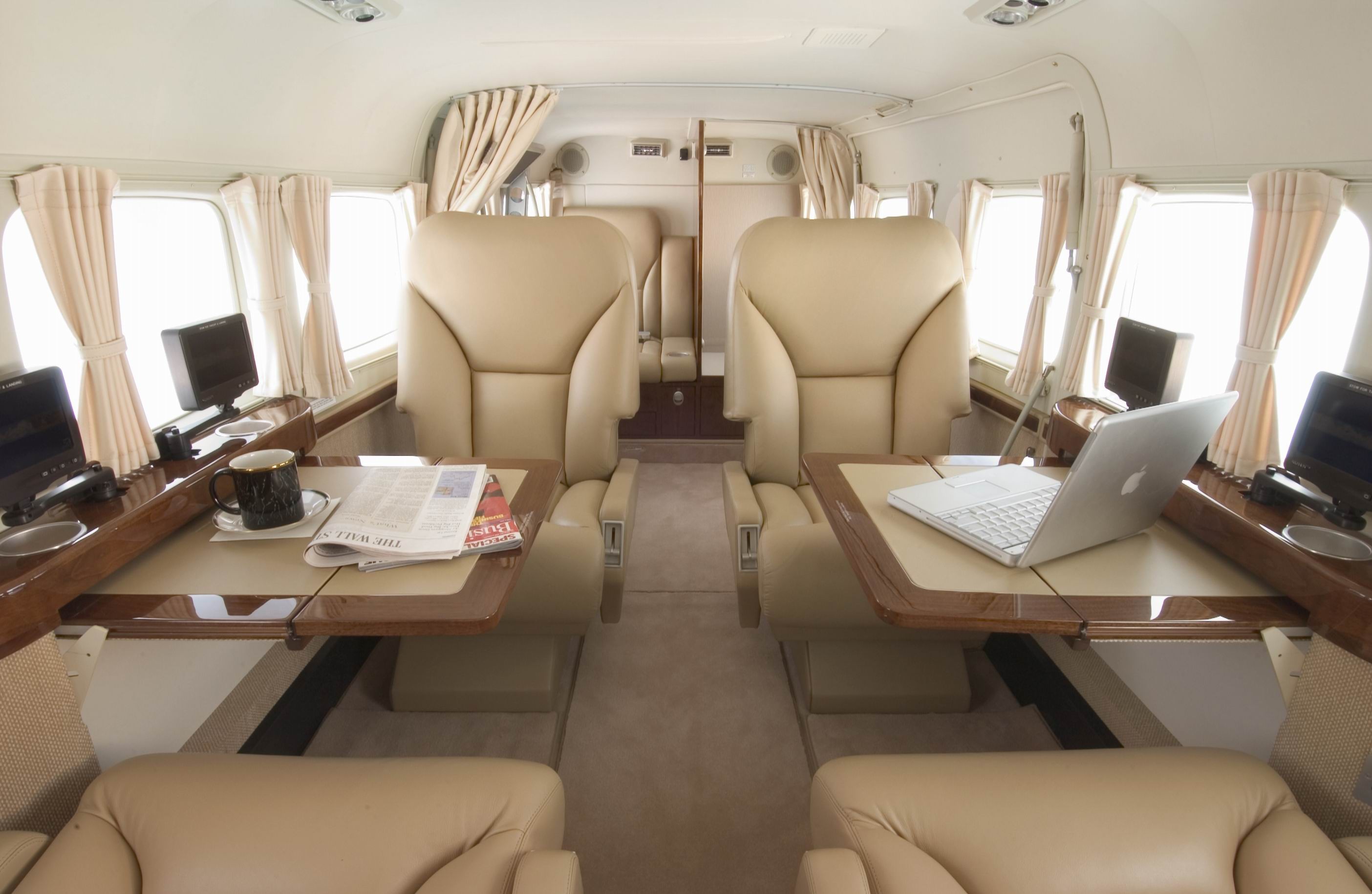


Aircraft Description
Background/History
When Cessna Aircraft Company announced in the early 1980’s that it was developing a new high-wing, single-engine aircraft with fixed landing gear, the news seemed designed to inspire profound disregard within the commercial and business aviation communities. Upon its introduction in 1985, however, it was immediately clear that the Caravan was a different kind of single-engine Cessna. Standing over 14 feet tall, the clean-sheet design bore only a superficial resemblance to Cessna’s ubiquitous high-wing lightplanes and, with its turbine powerplant and cavernous interior, the craft offered tremendous utility potential to small-package haulers and short-range passenger carriers. First flight of the Caravan occurred in December 1982, and the FAA granted certification in October 1984. Deliveries began in February 1985 and continue to the present with 415 Caravan Is built through 2007.
Power
The Cessna 208 Caravan I is powered by a single Pratt & Whitney Canada PT6A-114A turboprop engine flat-rated at 675shp at ISA +27 C and driving a three-bladed Hartzell constant-speed, reversible, full-feathering composite propeller. Inspection interval on the engine is 3,600 hours.
Avionics
The standard equipment package of the Caravan I includes Cessna’s 300-series ARC radios with nav/comm, ADF, and transponder. A variety of radios are offered as options, including King Silver Crown avionics in addition to 300- and 400-series ARC equipment. Also available are King flight control systems and the King KWX 56 color weather radar.
Design Features
The Cessna Caravan I is a short- to medium-range, single-engine turboprop utility aircraft. It is configured as a strut-braced high-wing monoplane of aluminum monocoque construction with a conventional tail and fixed tricycle landing gear with a single wheel on each unit. A large port side cargo door provides for easy loading of passengers and freight. A smaller port side crew door allows access to the cockpit. Spoilers mounted just inboard of the ailerons assist with roll control. In the interest of systems redundancy, Cessna has included an emergency power lever to the left of the power quadrant which provides a mechanical link to the engine fuel controller in addition to the usual pneumatic link of the normal power lever. The 28-volt electrical system is arranged as a two-bus system which allows some measure of electrical system redundancy.
Accomodations
The Cessna Caravan I has the capacity to carry up to 14 occupants, but FAA certification limits the number to nine passengers in addition to the pilot. With the seats removed, the standard Caravan I has a cargo capacity of 240 cu. ft. An external cargo pod beneath the fuselage is available as an option, increasing cargo volume to a total of 330 cu. ft. A float package is also available for the Caravan, utilizing either straight or amphibious floats.
| General | Caravan, CE-208-675 | |||
|---|---|---|---|---|
| Category | Single-Engine Turboprop | |||
| Years Aircraft Manufactured | 1985 – current | |||
| Serial Number Range | 000001-00500 (up) | |||
| Retail High Price | $2,114,170.00 / 1,658,989.19€ | |||
| Retail Low Price | $620,000.00 / 486,514.00€ | |||
| Characteristics | Caravan, CE-208-675 | |||
| Seating | 1 + 9/9 | |||
| Wing Loading | 28.6 | |||
| Power Loading | 11.9 | |||
| Noise(EPNdB): Takeoff/Sideline/Approach | 79.0 | |||
| External Dimensions (ft) | Caravan, CE-208-675 | |||
| External Length | 37.6 | |||
| External Height | 14.8 | |||
| External Span | 52.1 | |||
| Internal Dimensions (ft) | Caravan, CE-208-675 | |||
| Internal Length (Overall/Net Height) | 12.7 | |||
| Internal Height | 4.5 | |||
| Internal Width (Max/Floor) | 5.3 | |||
| Baggage | Caravan, CE-208-675 | |||
| External: Cu.Ft./Lb. | N/A | |||
| External: Cu.Ft./Lb. | N/A | |||
| Power | Caravan, CE-208-675 | |||
| Engines | P&WC PT6A-114A | |||
| Output (lbs ea.)/Flat Rating | 675shp/ISA+27C | |||
| Inspection Interval | 3,600t | |||
| Data based on latest manufactured year | ||||



